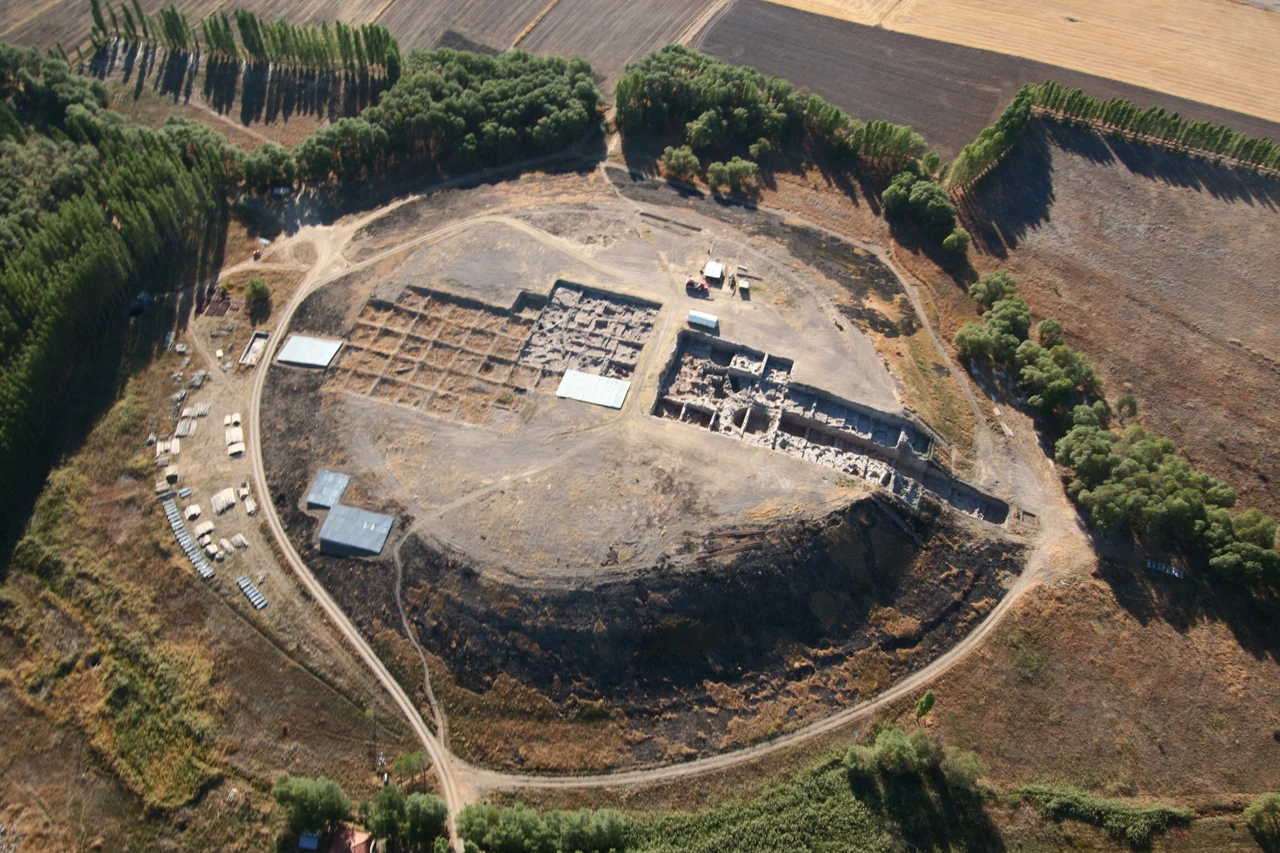
Japanese Archaeologists Find 4,200-Year-Old Evidence of Iron Workmanship at Kaman Kalehöyük
Japanese archaeologists have made striking discoveries related to ironworking in the Bronze Age layer dating back 4,200 years at the Kaman Kalehöyük excavation site in Central Anatolia. Located northeast of Kaman District, just northwest of Kırşehir city center, this ancient settlement contains four distinct cultural layers from the Ottoman Period, Iron Age, Middle and Late Bronze Age, and Early Bronze Age.
The excavation work began on May 31, 1986, under the leadership of Prince Takahito Mikasa, President of the Japan Middle East Culture Center. The team, led by Dr. Sachihiro Omura, continues to uncover these significant findings.
According to reports from NHK, the discovery of heated iron ore in a rock layer dating back approximately 4,200 years indicates that people at that time were attempting to produce iron using copper smelting techniques. This finding offers a new perspective on the origins of iron production, generating considerable excitement in the archaeological community.
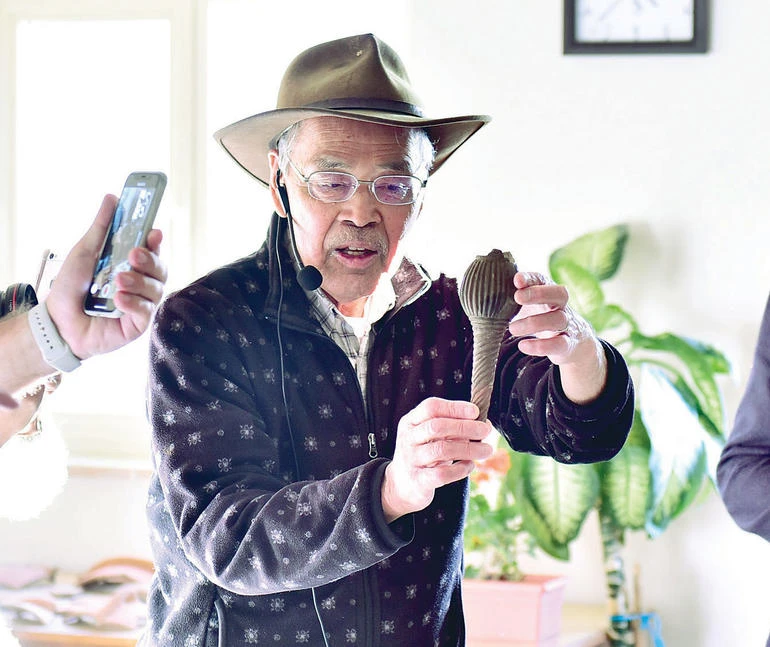
In the northern part of the excavation site, metal clusters dating back 4,200 years were found in a soil layer. Analysis under an electron microscope revealed that two of the clusters were obtained from the heating of iron ore, while another was artificially produced iron.
It is believed that ironworking became widespread during the Hittite period, approximately 3,400 years ago, within the borders of present-day Türkiye. However, the research team emphasizes that these findings demonstrate that attempts to produce iron using copper smelting techniques existed much earlier, during the Bronze Age.
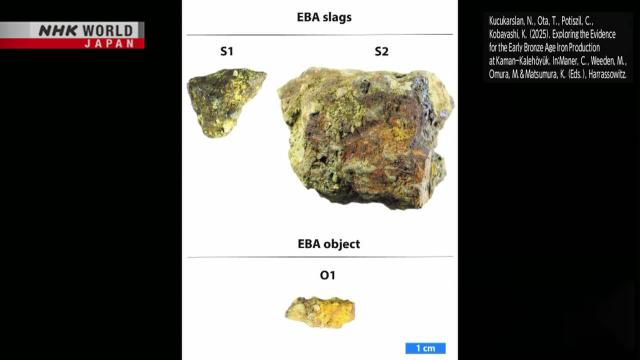
Additionally, around ten furnace remnants were discovered in the same layer. Researchers plan to investigate whether these furnaces were used for iron production. Dr. Omura stated, “Attempts to produce iron began about 1,000 years before the Hittites, and it appears they were trying to produce iron using the technologies for producing copper and bronze.”
The results of the excavation are expected to be presented to the public on March 9 at the Tokyo National Museum. This discovery is considered a significant turning point in the history of ironworking.
You may also like
- A 1700-year-old statue of Pan unearthed during the excavations at Polyeuktos in İstanbul
- The granary was found in the ancient city of Sebaste, founded by the first Roman emperor Augustus
- Donalar Kale Kapı Rock Tomb or Donalar Rock Tomb
- Theater emerges as works continue in ancient city of Perinthos
- Urartian King Argishti’s bronze shield revealed the name of an unknown country
- The religious center of Lycia, the ancient city of Letoon
- Who were the Luwians?
- A new study brings a fresh perspective on the Anatolian origin of the Indo-European languages
- Perhaps the oldest thermal treatment center in the world, which has been in continuous use for 2000 years -Basilica Therma Roman Bath or King’s Daughter-
- The largest synagogue of the ancient world, located in the ancient city of Sardis, is being restored

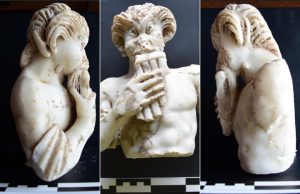
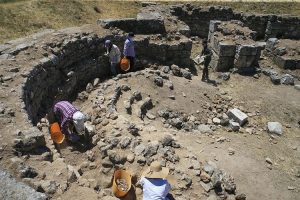
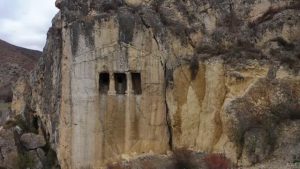
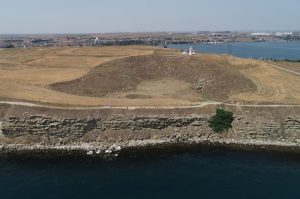
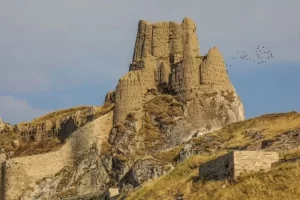
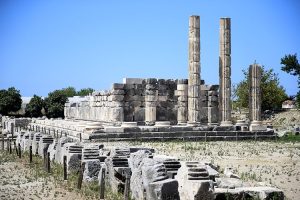


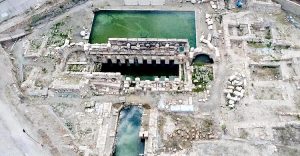
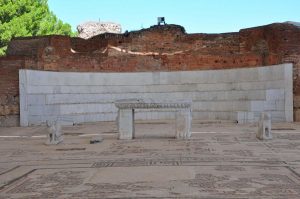
Leave a Reply